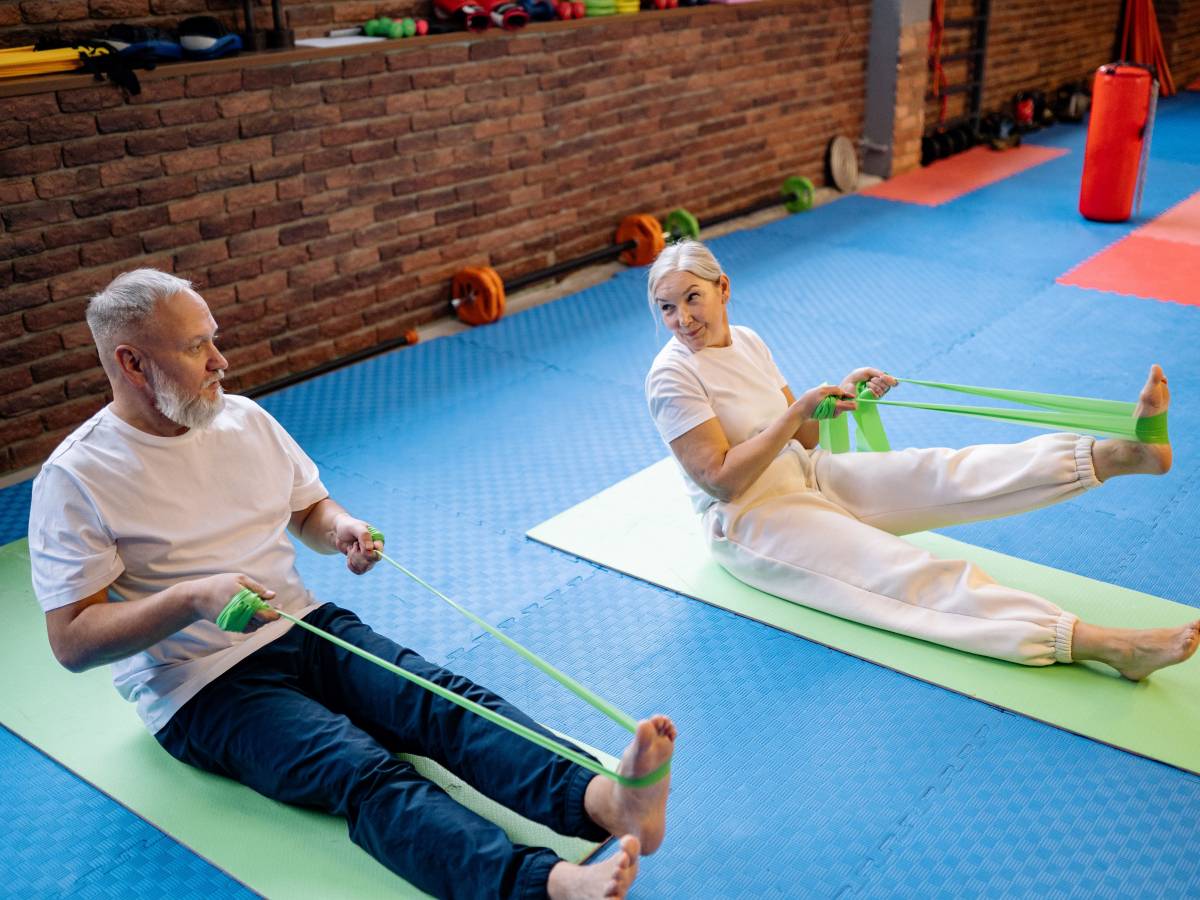Osteoporosis, disease or fate? On closer inspection neither of them. Some bone loss is to be reckoned with and is as inevitable as aging. Precisely because the years pass, we find ourselves with a gradually less robust skeleton. The process begins, you think, around the age of 20. Then, at the age of 80, none (or almost none) of both sexes are spared. But brittle bones don’t necessarily mean fractures, let alone portend a life in a wheelchair. Even the proper functioning of the apparatus that supports us depends on how it is treated. We will have the opportunity to talk about preventive nutrition, the importance of maintaining a certain body weight and keeping inflammation under control. Now is the time to reevaluate thephysical activity because movement and gymnastics have been included among the recommendations approved by the Royal Osteoporosis Society, not only as a means of delaying the osteoporosis process, but also to control it if you are very old. From now on, woe to say: “I’m in the chair, so I avoid fractures.”
The guidelines
A multidisciplinary group of experts wrote on the British Journal of Sports Medicine a consensus statement (guidelines) with the goal of maximizing bone health (minimizing the risk of fractures), improving posture and managing the symptoms of a vertebral fracture.
The consensus statement is the result of a meta-analysis: previously published studies were reviewed and, when there was no evidence, individual studies or expert opinions were used to fine-tune the recommendations.
There have always been many uncertainties about proposing physical activity to the elderly at risk of fractures. Is it good that the movement is regular? And which is the most suitable?
Experts now agree on the following points: People with osteoporosis should undertake:
- resistance and impact exercises to maximize bone strength;
- physical activity to improve strength and balance to reduce falls;
- spinal extension exercises to improve posture and potentially reduce the risk of vertebral falls and fractures.
It is important for people at risk of falling to work on strength and balance. Muscle strengthening two to three days a week is suggested, with short intensions of moderate impact activities, such as jogging, aerobics, or zumba.
To be safe, experts recommend avoiding postures that involve a high degree of spinal flexion during exercise or daily life. People with vertebral fractures, multiple low-trauma fractures, and frail or elderly individuals should usually include low-impact exercise down to a brisk walking level for 20 minutes per day.
It is also explained that, in the event of a fracture, some exercises can reduce pain and improve mobility but it is important to consult a personal trainer or physiotherapist. The experts conclude that there is little evidence associating controlled physical activity with significant harm, and that the benefits, in general, outweigh the risks.
